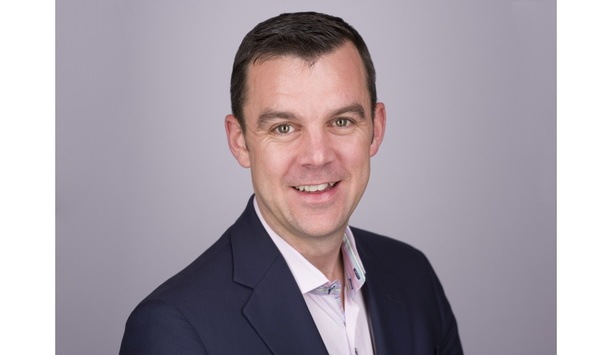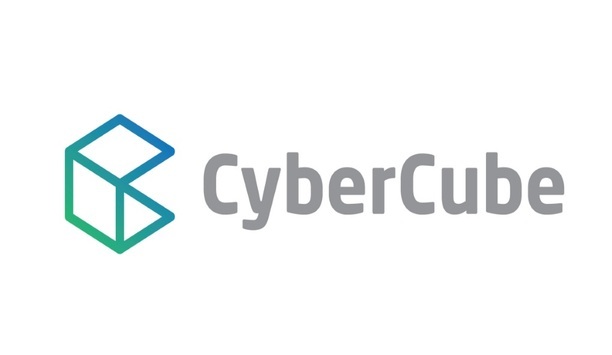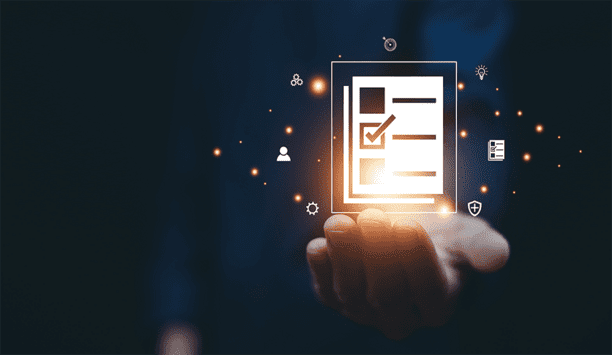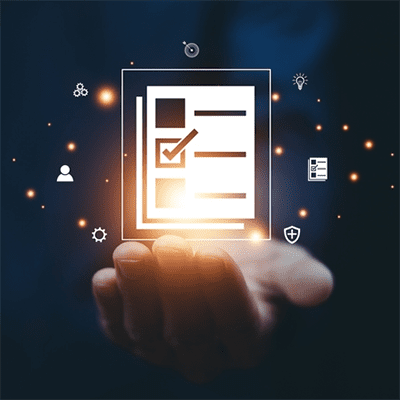Oliver Brew

Oliver Brew
Head of Client Services, CyberCubeOliver Brew is currently working in the capacity of Head of Client Services at CyberCube. He has previously held the profiles of Executive Vice President at Aspen Insurance Group and Senior Vice President at Liberty International Underwriters and Hiscox USA. Oliver is an alumnus of the prestigious University of Cambridge.
News mentions
Understanding and predicting human behavior is one of the biggest challenges facing modellers of both pandemics and cyber risk, a new report from CyberCube concludes. According to the report, which s...
C-suite executives will increasingly be targeted by cyber criminals looking for ways of extorting money from large corporations. According to a new report from cyber analytics provider CyberCube, org...
A lack of historical data and the rapidly evolving nature of cyber threats mean that cyber risk modellers need to be selective in the lessons they learn from natural catastrophe models. According to...





































